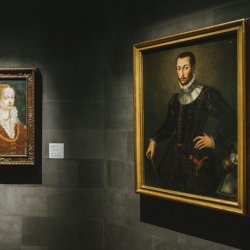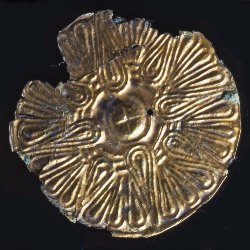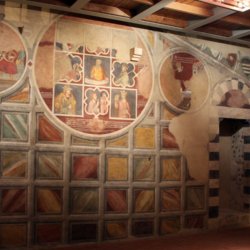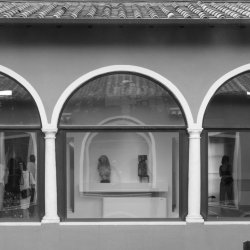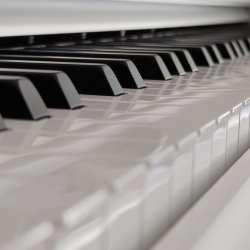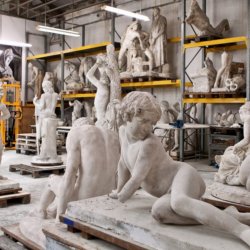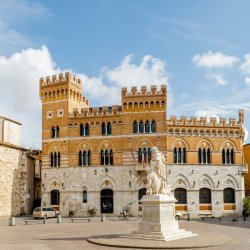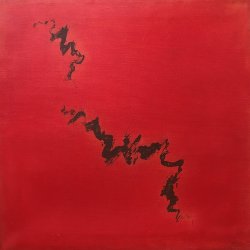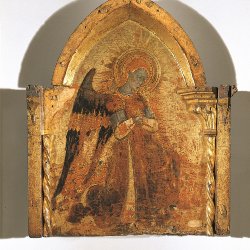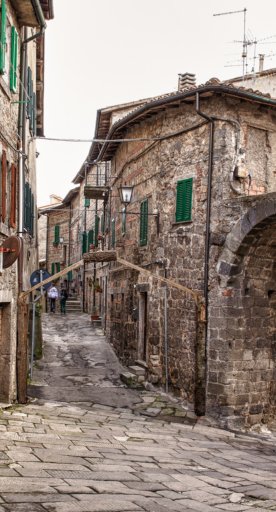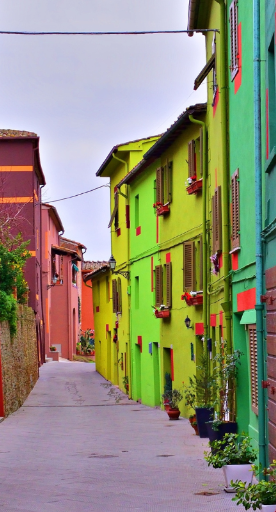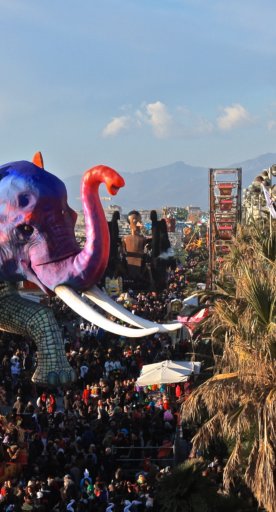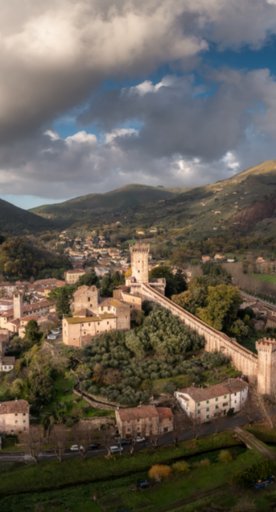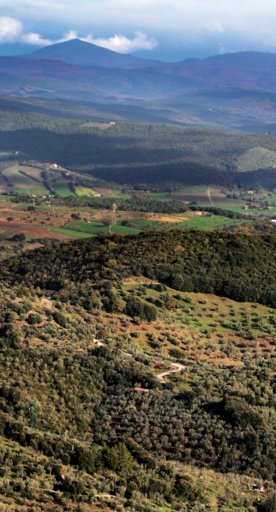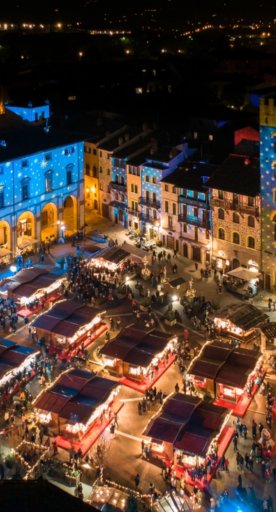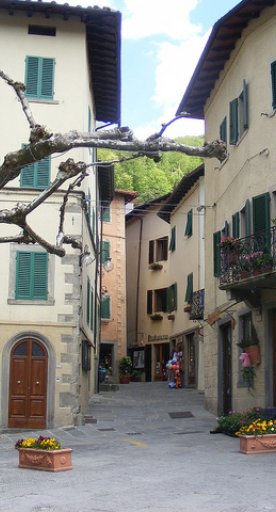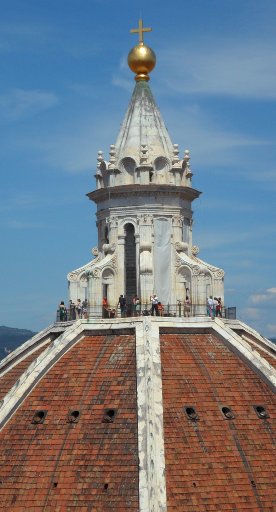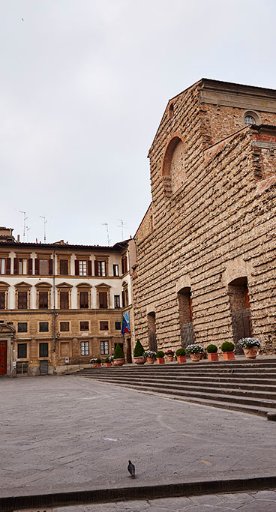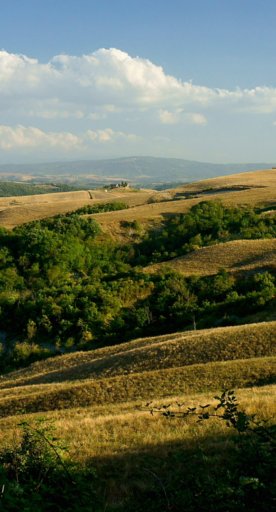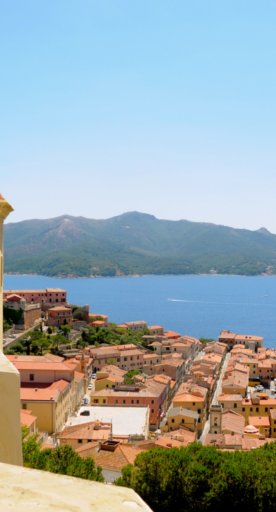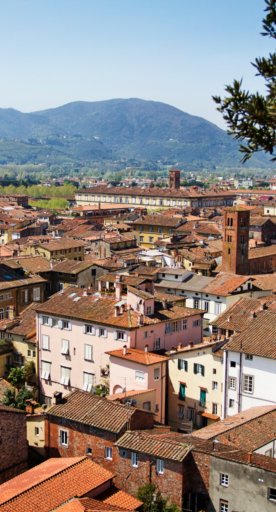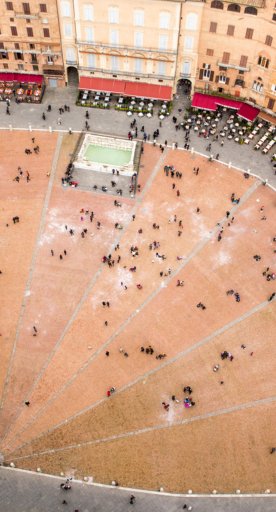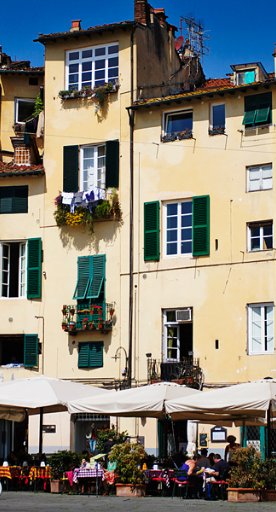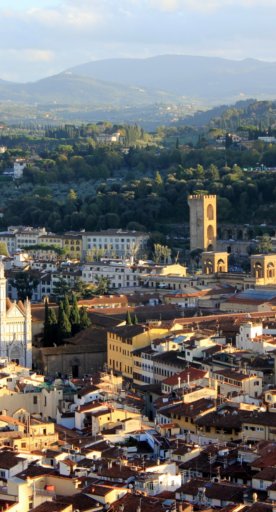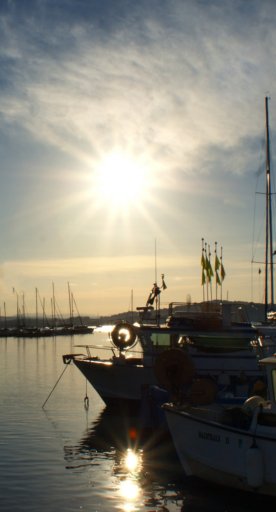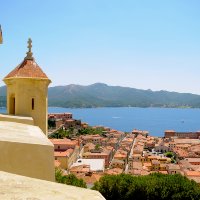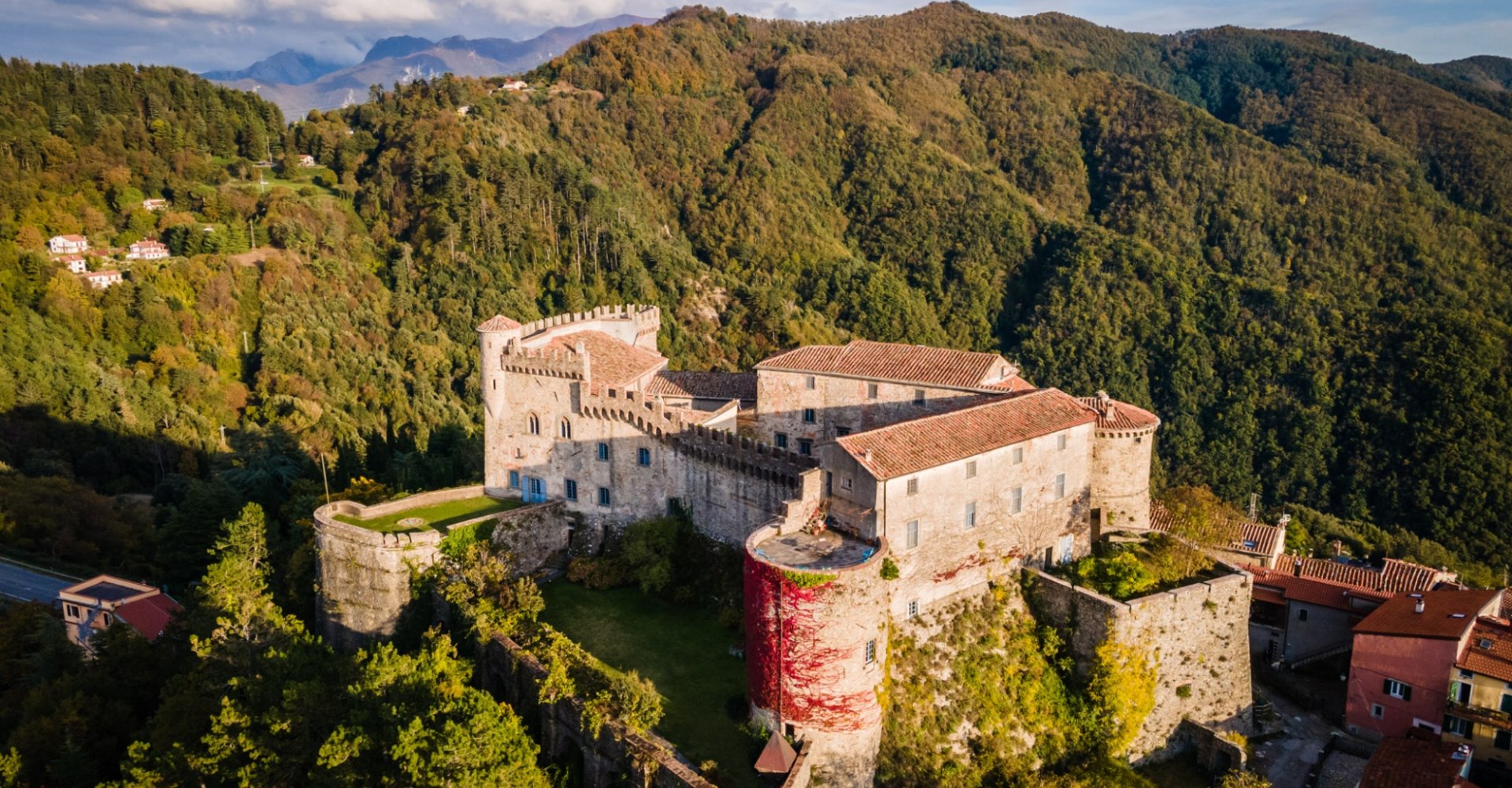

The castles in Lunigiana: which ones to visit in 2024
A journey through the Middle Ages, among ancient fortresses and evocative manors
Lunigiana, the gateway to Tuscany along the Via Francigena, is a historical land where imposing medieval castles and fortresses dominate the landscape and observe visitors' steps from above. A very important testimony mainly related to the centuries-long rule of the Malaspina family (11th-18th centuries), as well as to the strategic position of the territory, located along the main communication routes between northern and central Italy.
But why are so many castles found in Lunigiana?
The Malaspina lineage did not observe the traditional rule of the majorat, according to which the entire inheritance belonged only to the eldest son, but the fiefdom and power were divided among all the male sons. A peculiarity that, over the centuries, led to the continuous fragmentation of the territory into many small fiefdoms fighting each other and each with its own dwelling, but which gave Lunigiana a priceless heritage.
Those who love history, the Middle Ages and are fascinated by ancient legends cannot help but immerse themselves within the mighty walls of the Lunigiana castles.
-
1.Piagnaro Castle in Pontremoli
-
2.Malaspina Castle of Fosdinovo
-
3.Brunella Fortress in Aulla
-
4.Lusuolo Castle in Mulazzo
-
5.Malaspina Castle in Monti in Licciana Nardi
-
6.Bastia Castle in Licciana Nardi
Piagnaro Castle in Pontremoli

The imposing military fortress that dominates the historic village Pontremoli from above
Its history is rooted in the Middle Ages, when it became the property of the Malaspina Family and later the subject of numerous conflicts between noble families interested in its strategic location, who turned it into a stately residence.
Today, after major renovations, Piagnaro Castle is home to the Museum of the Lunigiana Stele Statues and offers its visitors a breathtaking panoramic view of the town and surrounding valley.
Information on opening days and hours is available at statuestele.org
Malaspina Castle of Fosdinovo
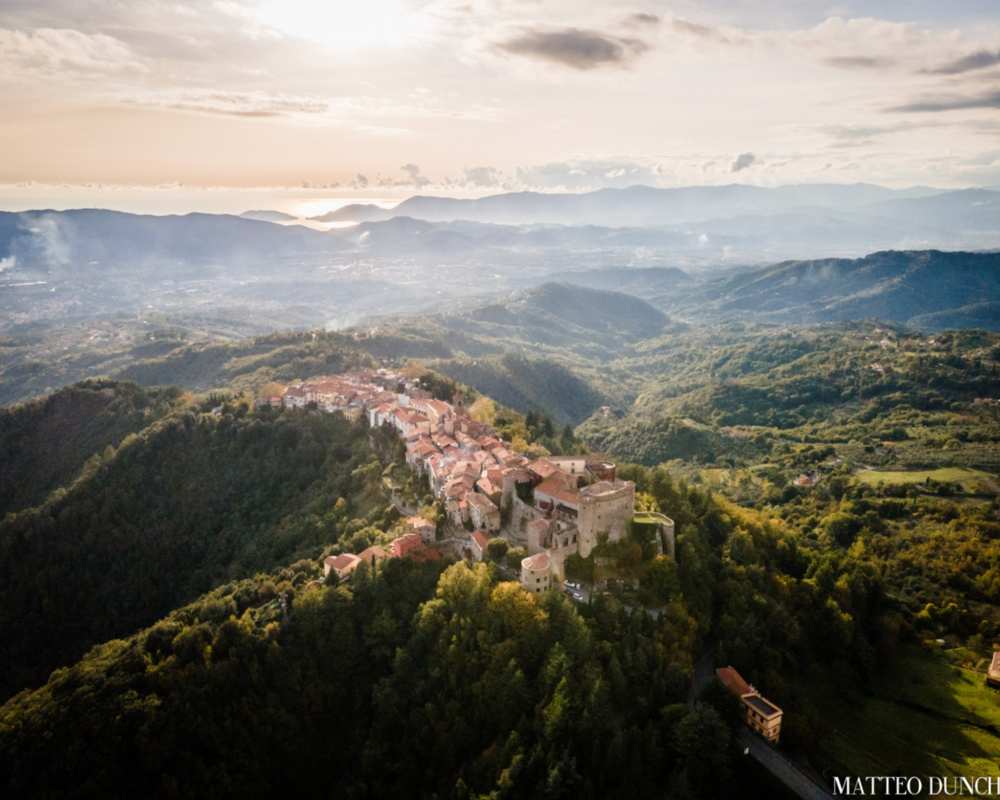
To live an experience out of time
This imposing castle dominates the entire plain of the Magra River, ancient Luni and the Apennine passes: in medieval times, an important passage area for merchants and pilgrims along the Via Francigena who found refuge and refreshment in its rooms.
Today, Fosdinovo Castle is one of the rare examples in Lunigiana in terms of condition and preservation and is still the protagonist of ancient stories and legends.
Information on opening days and hours is available at castellodifosdinovo.it
Brunella Fortress in Aulla
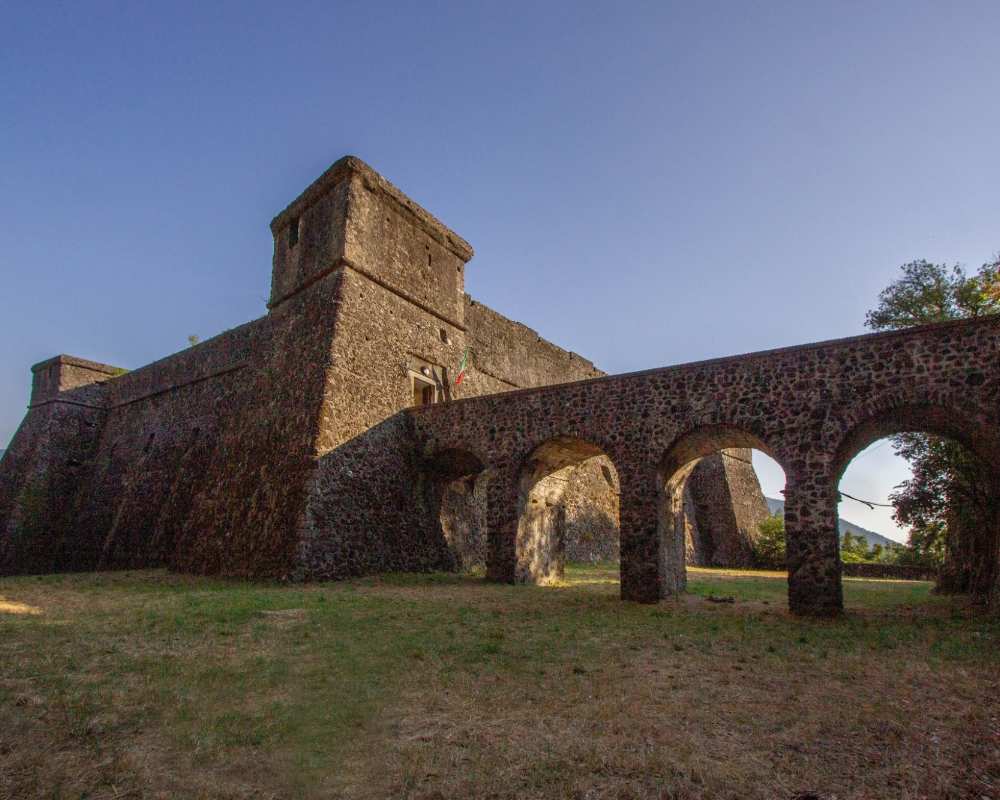
Renaissance military fortification wrapped in mystery
Situated in a commanding position on a high, dark rocky spur, the Brunella Fortress in Aulla controlled all the main arterial roads and Apennine passes. Its patrons included illustrious names of the time, such as Adamo Centurione and Giovanni dalle Bande Nere.
In the early 20th century, the fortress was renovated by the English Waterfield family, who used it as a luxurious residence, while today it is home to the Lunigiana Museum of Natural History.
Information on opening days and hours is available at sigeric.it
Lusuolo Castle in Mulazzo
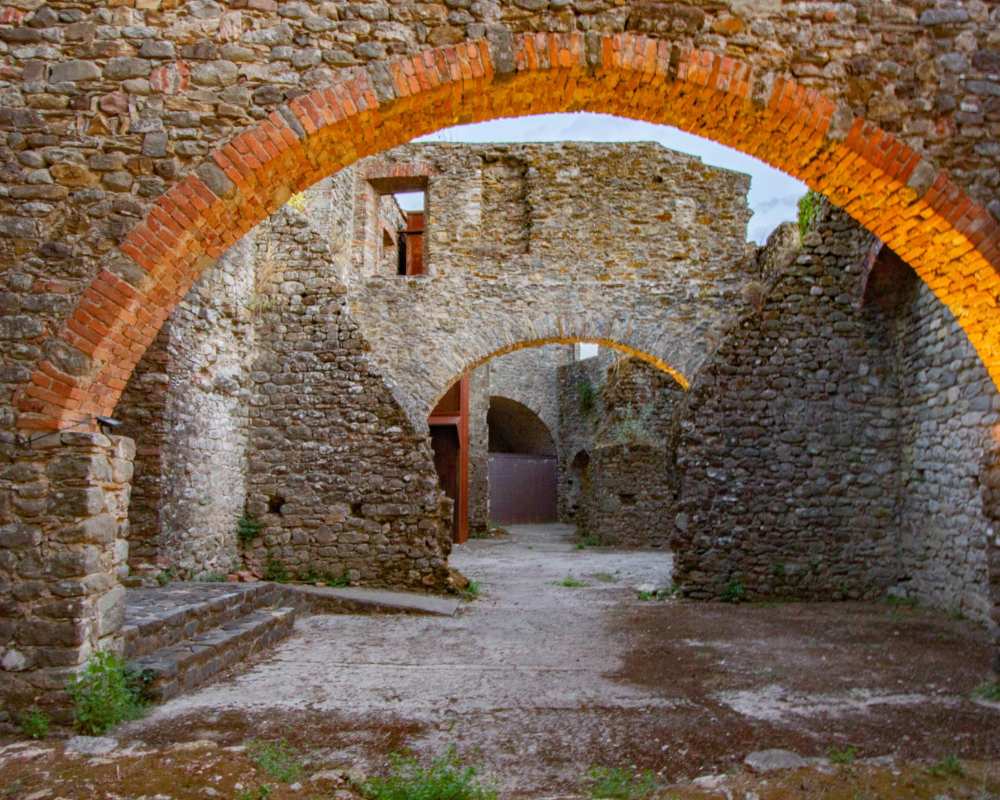
The military fortification controlling the Via Francigena and the Magra River
Originally belonging to the Malaspina family of the Spino Secco, in 1450 it fell into the hands of the Genoese Campofregoso family, which partially demolished it and then ceded it to the Grand Dukes of Tuscany, who enlarged the mansion in the early 17th century.
Today, the rooms of Lusuolo Castle house the Museum of Emigration of the People of Tuscany with the aim of enhancing the phenomenon of Tuscan emigration in the world.
For information on opening days and hours, please visit the site sigeric.it
Malaspina Castle in Monti in Licciana Nardi
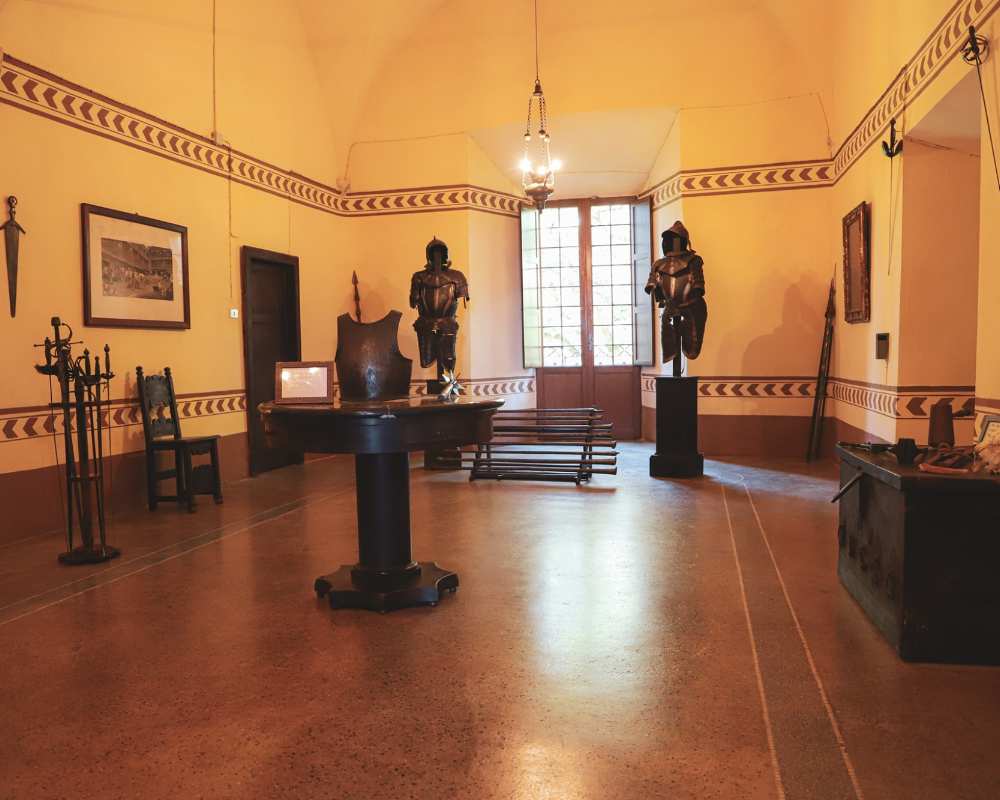
A panoramic terrace from the Apennines to the Apuan Alps
For centuries among the protagonists in the affairs of the Malaspina family of the Spino Secco of the Taverone Valley, in the 16th century the castle was transformed by Marquis Moroello Malaspina into a noble mansion, with marvelous vaulted ceilings and monumental fireplaces.
Today, the mansion has been restored to its former glory by the Malaspina family. The castle, in fact, is the only one in Lunigiana, besides Fosdinovo, to have remained in the ownership of the descendants of its first feudal lords.
For information on opening days and hours, please visit the site sigeric.it
Bastia Castle in Licciana Nardi

One of the most significant examples of Lunigiana fortification
Perched on a hill overlooking the Taverone Valley and belonging to the Malaspina Family, over the centuries it has been home to several illustrious personalities: Angelica Malaspina, the famous bride of Giulio De' Medici; Annetta Malaspina, praised by the poets of Arcadia; and Giovanni dalle Bande Nere, a Florentine captain of fortune!
For information on opening days and hours, please visit the site sigeric.it
For insights and more information on the castles of Lunigiana, you can visit the website of the Institute for the Valorization of Castles istitutovalorizzazionecastelli.it

